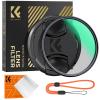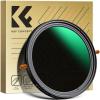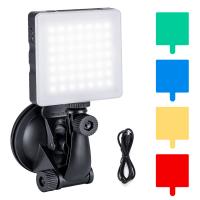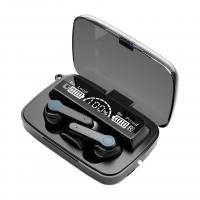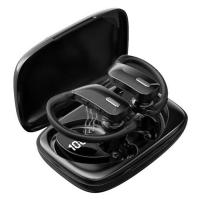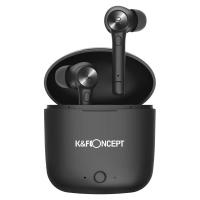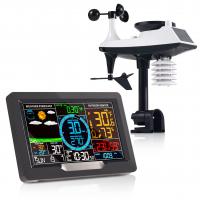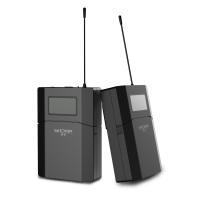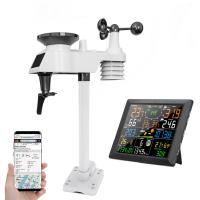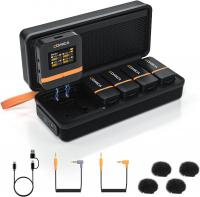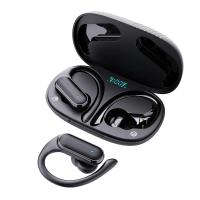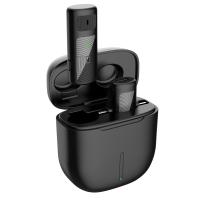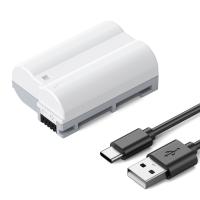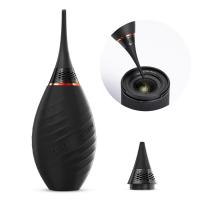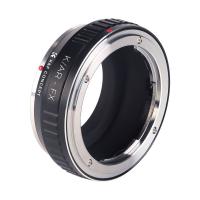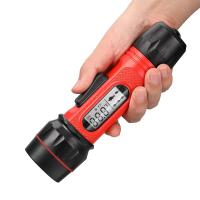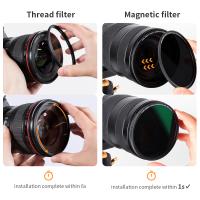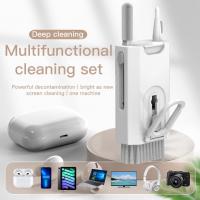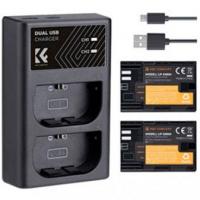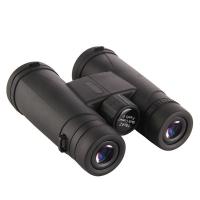How Make Speakers Wireless?
In today's fast-paced, technology-driven world, the demand for wireless solutions is ever-increasing. One of the most sought-after upgrades for home audio systems is making traditional wired speakers wireless. This transformation not only enhances the aesthetic appeal of your living space by eliminating clutter but also provides greater flexibility in speaker placement. In this article, we will explore various methods to convert your wired speakers into wireless ones, addressing practical concerns and providing step-by-step guidance.
Understanding the Basics

Before diving into the methods, it's essential to understand the basic components involved in making speakers wireless. The primary goal is to transmit audio signals from your audio source (like a smartphone, computer, or TV) to your speakers without using physical cables. This can be achieved through different wireless technologies such as Bluetooth, Wi-Fi, or proprietary wireless systems.
Method 1: Using a Bluetooth Adapter
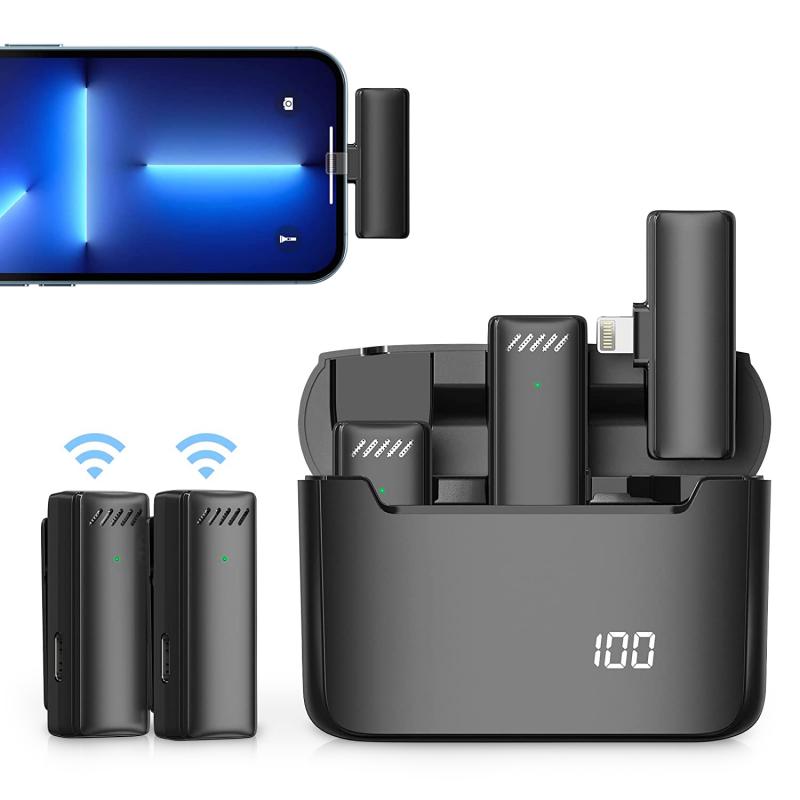
One of the simplest and most cost-effective ways to make your speakers wireless is by using a Bluetooth adapter. Here's how you can do it:
Step-by-Step Guide:

1. Choose the Right Bluetooth Adapter: Select a Bluetooth receiver that suits your needs. Ensure it has the necessary output connections (RCA, 3.5mm jack, or optical) compatible with your speakers or amplifier.
2. Connect the Adapter to Your Speakers: Plug the Bluetooth adapter into your speakers or amplifier using the appropriate cables. Most adapters come with RCA or 3.5mm audio cables.
3. Pair the Adapter with Your Audio Source: Turn on the Bluetooth adapter and set it to pairing mode. On your audio source (smartphone, tablet, or computer), enable Bluetooth and search for the adapter. Once found, pair the devices.
4. Play Your Music: After successful pairing, you can stream audio wirelessly from your audio source to your speakers.
Pros and Cons:
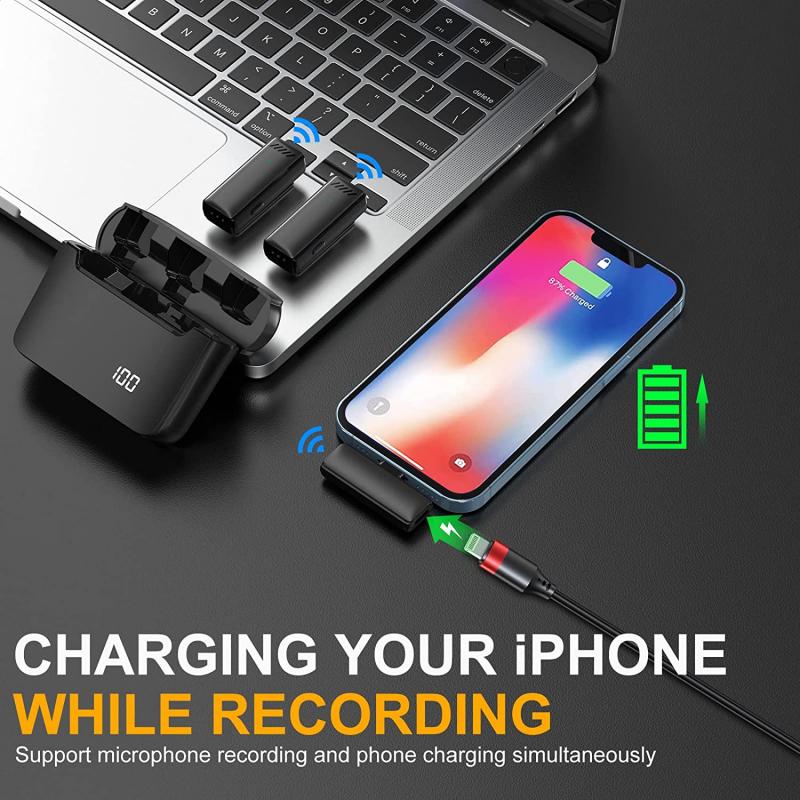
- Pros: Easy to set up, affordable, widely compatible.
- Cons: Limited range (usually up to 30 feet), potential for audio lag.
Method 2: Using a Wi-Fi Audio Receiver
Wi-Fi audio receivers offer a more robust and higher-quality wireless audio solution compared to Bluetooth. They are ideal for larger homes or for those who prioritize audio fidelity.
Step-by-Step Guide:
1. Select a Wi-Fi Audio Receiver: Choose a Wi-Fi audio receiver that supports your preferred streaming services and has the necessary output connections for your speakers.
2. Connect the Receiver to Your Speakers: Use the appropriate cables to connect the Wi-Fi receiver to your speakers or amplifier.
3. Set Up the Receiver on Your Network: Follow the manufacturer's instructions to connect the Wi-Fi receiver to your home network. This usually involves using a companion app on your smartphone or computer.
4. Stream Audio: Once connected, you can stream audio from your devices to the Wi-Fi receiver, which will then play it through your speakers.
Pros and Cons:
- Pros: Better audio quality, longer range, supports multi-room audio.
- Cons: More expensive, requires a stable Wi-Fi network, more complex setup.
Method 3: Using a Dedicated Wireless Speaker Kit
For those who want a more integrated solution, dedicated wireless speaker kits are available. These kits typically include a transmitter and receiver designed specifically for converting wired speakers to wireless.
Step-by-Step Guide:
1. Purchase a Wireless Speaker Kit: Choose a kit that matches your speaker setup. Ensure it includes both a transmitter and receiver.
2. Connect the Transmitter to Your Audio Source: Use the appropriate cables to connect the transmitter to your audio source (e.g., AV receiver, TV, or computer).
3. Connect the Receiver to Your Speakers: Plug the receiver into your speakers or amplifier using the provided cables.
4. Pair the Transmitter and Receiver: Follow the manufacturer's instructions to pair the transmitter and receiver. This usually involves pressing a pairing button on both devices.
5. Enjoy Wireless Audio: Once paired, you can enjoy wireless audio transmission from your audio source to your speakers.
Pros and Cons:
- Pros: Designed specifically for speakers, reliable connection, good audio quality.
- Cons: Can be expensive, may require additional power sources for the transmitter and receiver.
Method 4: Using Smart Home Devices
Smart home devices like Amazon Echo or Google Home can also be used to make your speakers wireless. These devices often have built-in Bluetooth or Wi-Fi capabilities and can act as intermediaries between your audio source and speakers.
Step-by-Step Guide:
1. Set Up Your Smart Home Device: Follow the manufacturer's instructions to set up your smart home device and connect it to your home network.
2. Connect the Device to Your Speakers: Use the appropriate cables to connect the smart home device to your speakers or amplifier.
3. Pair Your Audio Source: Enable Bluetooth on your audio source and pair it with the smart home device. Alternatively, use Wi-Fi streaming if supported.
4. Control Your Audio: Use voice commands or the companion app to control audio playback through your speakers.
Pros and Cons:
- Pros: Adds smart home functionality, easy to use, supports multiple audio sources.
- Cons: May not offer the best audio quality, dependent on smart home ecosystem.
Practical Considerations
When choosing the best method to make your speakers wireless, consider the following factors:
- Audio Quality: Wi-Fi and dedicated wireless kits generally offer better audio quality compared to Bluetooth.
- Range: Wi-Fi and dedicated kits provide a longer range, making them suitable for larger spaces.
- Cost: Bluetooth adapters are the most affordable option, while Wi-Fi receivers and dedicated kits can be more expensive.
- Ease of Setup: Bluetooth adapters and smart home devices are typically easier to set up, while Wi-Fi receivers and dedicated kits may require more effort.
Converting your wired speakers to wireless can significantly enhance your audio experience by providing greater flexibility and reducing clutter. Whether you opt for a Bluetooth adapter, Wi-Fi audio receiver, dedicated wireless speaker kit, or smart home device, each method has its own set of advantages and drawbacks. By understanding your specific needs and considering the practical aspects, you can choose the best solution to make your speakers wireless and enjoy a seamless audio experience.


